
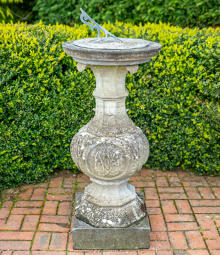
| QTY: 1 | £1,825 |
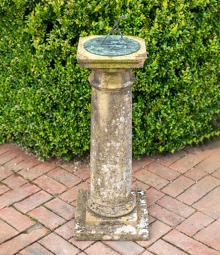
| QTY: 1 | £1,250 |
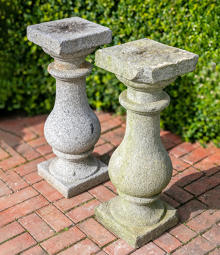
| QTY: 2 | £1,325 Each |
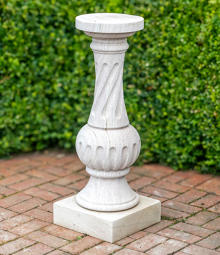
| QTY: 2 | £725 |
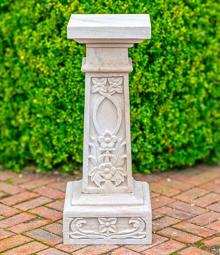
| QTY: 1 | £895 |
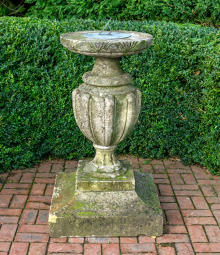
| QTY: 1 | £1,975 |
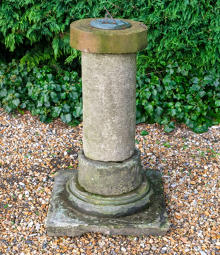
| QTY: SOLD | £695 |
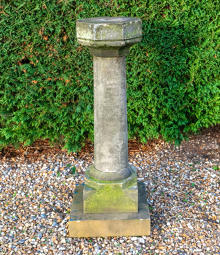
| QTY: 1 | £1,795 |
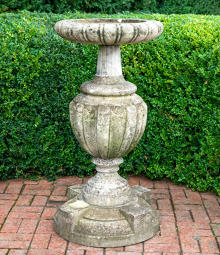
| QTY: 1 | £1,595 |
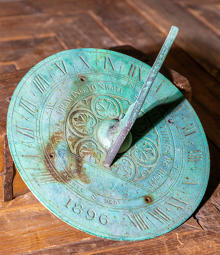
| QTY: SOLD | £485 |
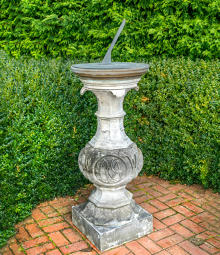
| QTY: 1 | £1,975 |
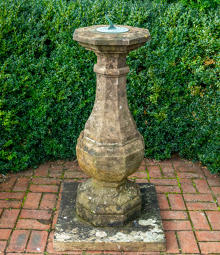
| QTY: 1 | £1,875 |
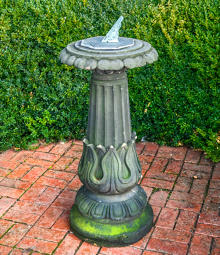
| QTY: 1 | £3,250 |
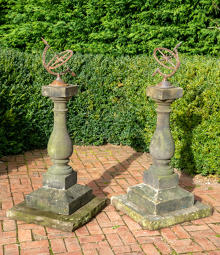
| QTY: 1 Remaining | £825 Each |
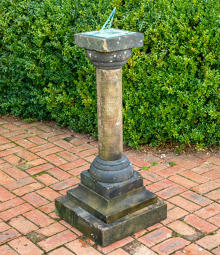
| QTY: 1 | £985 |
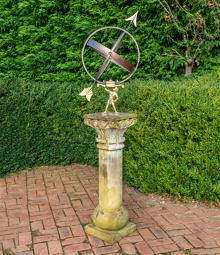
| QTY: 1 | £2,550 |
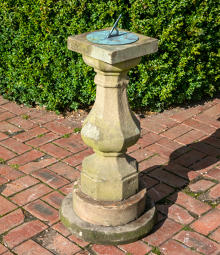
| QTY: SOLD | £1,695 |
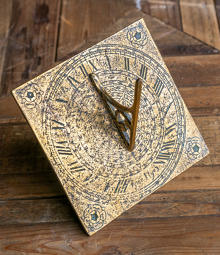
| QTY: SOLD | £120 |
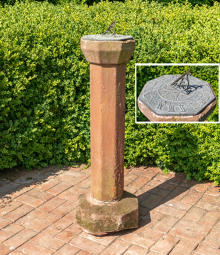
| QTY: 1 | £1,600 |

| QTY: 1 | £1,925 |
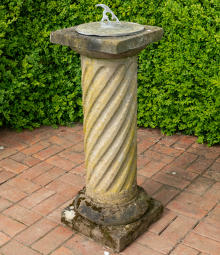
| QTY: 1 | £1,250 |
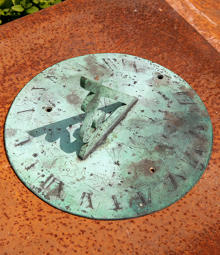
| QTY: 1 | £320 |
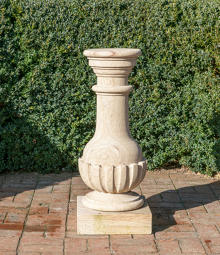
| QTY: 2 | £780 |
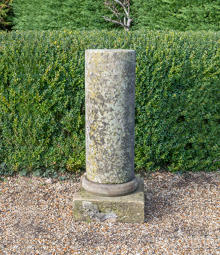
| QTY: SOLD | £985 |
The first recorded sundial dates back to Egypt around 3500BC. In Britain sundials have been in common use from the 16th Century.
There is something elemental in using the sun directly to indicate the time and most grand houses will have a sundial in the garden, either at an intersection of paths or mounted directly on the wall. The Georgians were particularly keen on sundials in the garden and most sundials of that period will also incorporate a Latin epigram, usually reflections on the passing of time. Interest in sundials continued into the Victorian and Edwardian eras.
Antique sundials come in all shapes and sizes. There is the classical 18th century bulbous balluster sundial, more elaborate shapes were common in the 19th Century, whereas sundials in the early 20th Century tend to be plain with a rectangular shaft and square top and base plates. Georgian sundial plates are collectible and can fetch high prices. An Armillary sphere is a slightly more sophisticated version of the sundial, with a metal circular frame around the gnomon.
Are you sure you want to empty your bookmarks? This cannot be undone.
To sign up to the mailing list, please tick the box below to show you agree to our Privacy Policy.